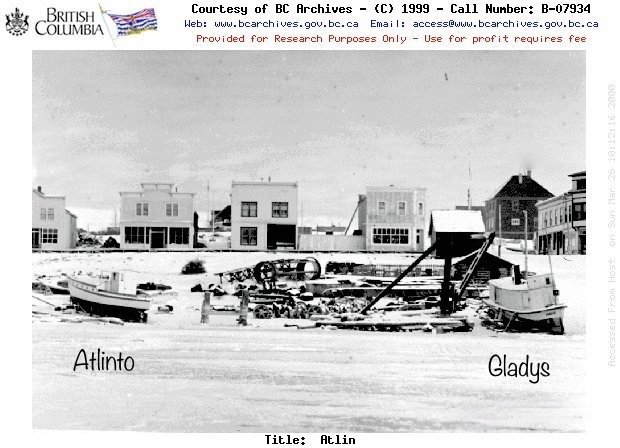It wasn't until after Jules Eggert's passing in 1922 that his son, Paul, and grandson, Mickey, successfully addressed the engine problems, paving the way for the launch of their glacier tour business. The allure of the glacier remained irresistible, and the midnight cruise on the Atlinto to Llewellyn added a dash of romantic appeal.
Departing at 10 p.m. with the red ensign flying, the Atlinto sailed through the enchanting hours of a northern summer’s half-light. By 1 a.m., passengers disembarked at the camp in Glacier Bay, where a large tent equipped with cots and picnic tables awaited. After coffee and sandwiches, a group of 10 to 18 interested hikers, guided by Stewart James and Mickey Eggert, embarked on a trail to the glacier.
The journey took them over a moraine adorned with tiny wildflowers and across ice-cold streams, often necessitating the carrying of the ladies. As the sun rose over the mountains, they reached the broken face of the glacier and the ice-laden lake. After exploring the mysteries of the ice, the hikers returned to the beach camp around 7 a.m. for a hearty breakfast of sizzling bacon and eggs.
The Atlinto then retraced its route through First Narrows and down the Torres Channel, maintaining a smart pace of 12 knots. With time for stops, the vessel arrived back at the Atlin dock around noon, concluding the memorable 14-hour tour—a journey deemed well worth the $10 fare.




